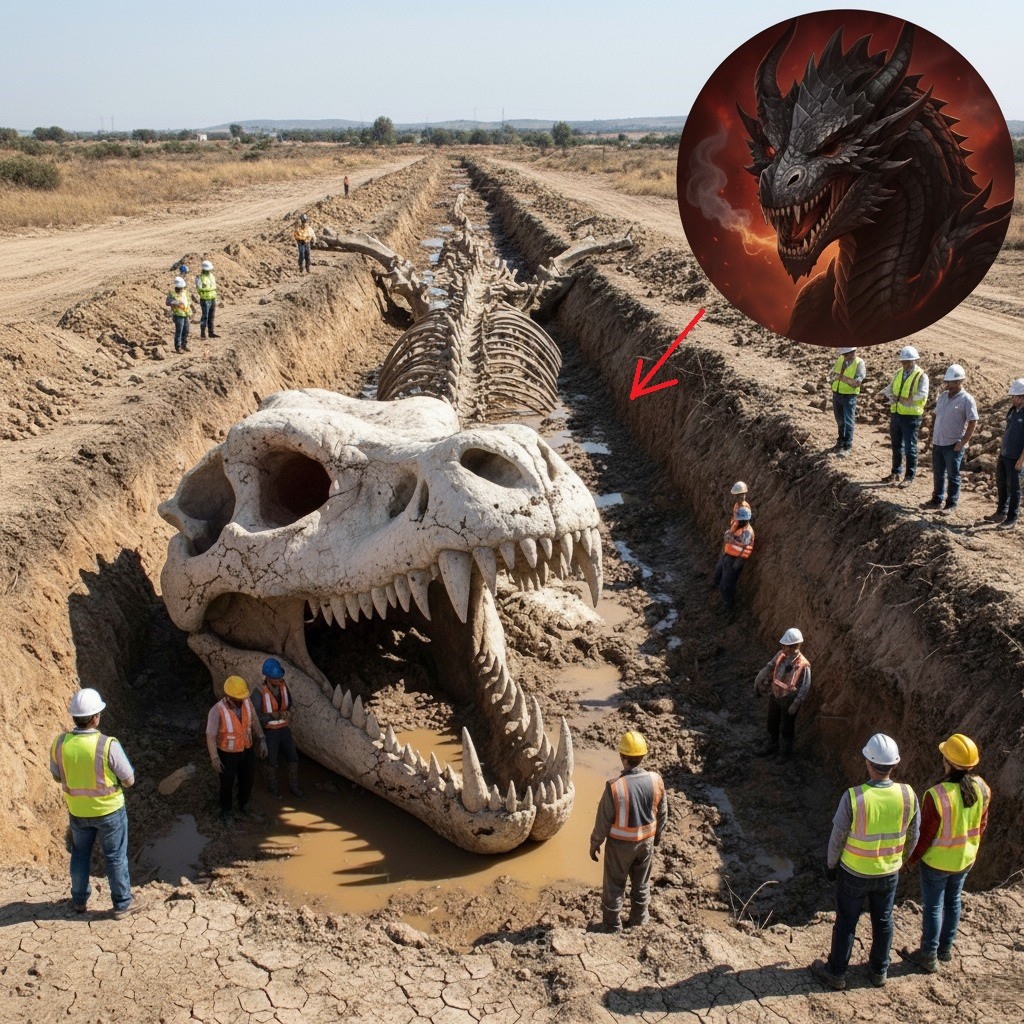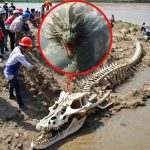The Atacama Leviathan: Myth Awakens in Stone

The Atacama Desert, the driest place on Earth, is known for its stark beauty, alien landscapes, and treasure trove of fossils. But a recent discovery near Cerro Paranal has ignited global fascination: a colossal fossilized skeleton, stretching across the sands in titanic proportions. Dubbed the Atacama Leviathan, this find is so unusual that it blurs the boundaries between paleontology and mythology, sparking questions about whether ancient legends of dragons and winged serpents were rooted in lost realities.
A Colossal Fossil Unearthed

During a survey conducted by researchers from the University of Chile, excavation teams uncovered bones of staggering size. Unlike traditional dinosaur or marine reptile fossils, the skeletal features defy classification. Measuring hundreds of meters in length, the Leviathan exhibits structures that suggest neither a purely terrestrial nor aquatic form. Its unusual morphology—serpentine yet robust, with skeletal hints of appendages—has left paleontologists divided.
While scientists are cautious, the fossil’s grandeur has already captured the public imagination. For many, it feels like the desert has surrendered a long-buried secret, one that challenges science’s neat categories of life.
Echoes of Myth and Legend
Early comparisons have drawn links between the Atacama Leviathan and myths that span global cultures. From winged serpents in Mesoamerican lore to the dragons of Asia and Europe, humanity has long told stories of giant, serpentine beasts of unimaginable power. Could these myths have been inspired by fossilized remains glimpsed in the past—or even by oral traditions rooted in ancient encounters with colossal creatures?
The Leviathan’s very name reflects this fascination, connecting the fossil to the biblical sea monster and to the archetypal dragon that haunts human storytelling.
A Challenge to Classification

Paleontologists are approaching the fossil with both excitement and skepticism. Without clear anatomical parallels, classification remains speculative. Some suggest it could represent an unknown branch of reptilian evolution, one adapted to a now-vanished environment. Others propose it may be a composite of multiple fossilized species unearthed together, creating an illusion of a single massive beast.
Until further analysis—including carbon dating, CT scans, and comparative anatomy—yields answers, the Atacama Leviathan will remain an enigma.
Why the Discovery Matters
Even without definitive classification, the Leviathan is significant for several reasons:
-
Expands paleontological knowledge: It highlights how much remains undiscovered beneath Earth’s deserts and oceans.
-
Bridges myth and science: It shows how cultural imagination often draws on real but misunderstood phenomena.
-
Captivates global audiences: As with past discoveries of giant fossils, it reinforces humanity’s fascination with the boundary between history and legend.
The Atacama find reminds us that science does not eliminate wonder—it deepens it.
Conclusion
The Atacama Leviathan is more than a fossil—it is a symbol of mystery at the intersection of myth, science, and imagination. Whether it proves to be an unknown species, a misidentified composite, or a discovery that rewrites the story of prehistoric life, its presence in the desert sands reminds us that Earth still holds secrets vast enough to inspire awe. For now, the Leviathan remains both legend and reality, waiting to be fully understood.











